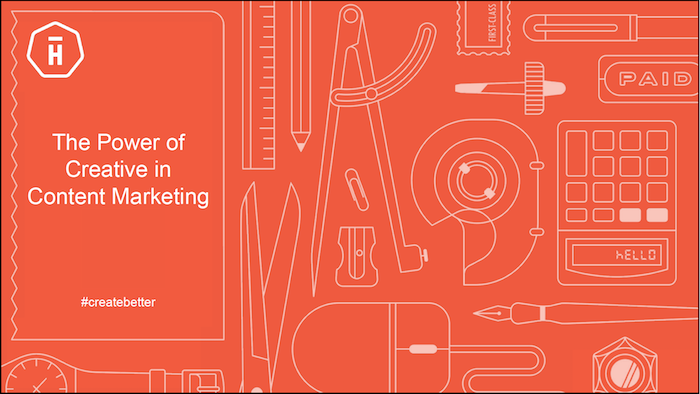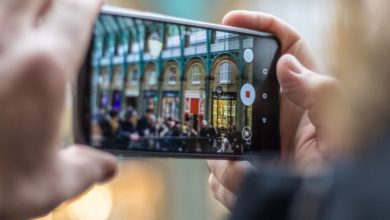One of the biggest mistakes I see marketers making today is focusing their already limited resources, time and energy on data and segmentation to the exclusion of creative. This is a mistake because creative is a critical part of your content marketing and needs an equal seat at the table.
Don’t get me wrong, I’m a fervent advocate of all things data-driven. But the insights you gain from analytics are there to inform your creative, not smother it out of existence.
Creative is the lure that attracts and persuades
Data can tell you who, when and what — but data alone cannot attract your target’s attention as she peruses her Google Alert each morning or scrolls through her Facebook feed. Our brains are wired for the visual:
- Our brains process images 60,000x faster than text and including an image helps people retain 65% more information for a longer time
- Visuals drive 40 times more shares than other content on social media
- Including an image in a Facebook post boosts engagement by 2.3 times
- Tweets with images receive 150% more retweets than those without
- Video is just as important, delivering an 86% jump in conversions when added to landing pages

Of course, you’re not the only marketer out there who understands the value of using visual images…so your creative efforts need to be high quality in order to break through.
Creative can’t just be “meh” if you want to break through the noise
A Harvard Business Review article, Creativity in Advertising, confirmed that highly creative campaigns drive almost 2x the sales results over work that’s merely “meh”.
They identified five elements of creativity: Elaboration, Artistic value, Flexibility, Originality and Synthesis. Creative high in Elaboration (something that extends a known idea in an unusual way) or Artistic value each drove the highest sales impact individually, but creative high in both Elaboration and Originality (something that is rare and surprising) is what drove sales 2x.
Your target audience is made up of people and the human brain is tuned to appreciate creative that is unusual, rare and surprising. Yes of course it needs to communicate the benefits and a CTA but it is the “magic” of highly creative content that can’t be achieved with a spreadsheet and a pivot table.
Technology has fueled marketing’s love of data, now it’s time for the creative side to benefit. In my next post, I’ll explore how a lack of great creative collaboration technology causes a major bottleneck for the whole marketing process.
In the meantime, discover more great stats about the importance of visual content.





